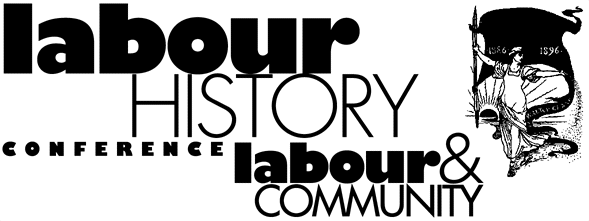Start Date
3-10-1999 12:30 PM
End Date
3-10-1999 1:00 PM
Description
This paper considers the connection between Indonesian workers and Australian unionism in 1930s Australia, focusing on indentured workers in Darwin's pearling industry. The pearling industry began in Australia's northern waters in the 1860s.1 With its multi-ethnic workforce, it was one of the areas of concern for White Australian unionists. The 1920s and 1930s, however, were particularly significant in that for the first time a tentative connection was formed between the Australian labour movement and the indentured Asian workers. According to Michael Quinlan and Constance Lever-Tracy, it was in the 1930s that unionists first questioned the old axiom that 'Asiatics' were innately servile and a threat to the labour movement. 2 Rupert Lockwood's Black Armada examines Australian trade unionist support for Indonesian seamen in their 1945 protest against Dutch colonial rule. 3 Given the exclusionist character of White Australia, both Lockwood and the Dutch government were somewhat sceptical over this sudden development of international solidarity. I would argue, however, that the solidarity displayed in 1945 needs to be understood in historical context. To my knowledge, there has been no study of early twentieth-century contact between Indonesian and Australian workers, despite the fact that Indonesian seamen and pearling crews were regular visitors to Australian ports. This gap in labour history is surprising given the continued importance of Australian relations with Indonesia. Previous studies on Asian workers in Australia, such as those in Who Are Our Enemies?, have focused on the racism of Australian unionists and their rejection of Asian workers. More needs to be heard, however, of the Asian workers themselves, and their role in developing common cause with Australian unionists.
Unionization and Indonesian Workers in 1930s Australia
This paper considers the connection between Indonesian workers and Australian unionism in 1930s Australia, focusing on indentured workers in Darwin's pearling industry. The pearling industry began in Australia's northern waters in the 1860s.1 With its multi-ethnic workforce, it was one of the areas of concern for White Australian unionists. The 1920s and 1930s, however, were particularly significant in that for the first time a tentative connection was formed between the Australian labour movement and the indentured Asian workers. According to Michael Quinlan and Constance Lever-Tracy, it was in the 1930s that unionists first questioned the old axiom that 'Asiatics' were innately servile and a threat to the labour movement. 2 Rupert Lockwood's Black Armada examines Australian trade unionist support for Indonesian seamen in their 1945 protest against Dutch colonial rule. 3 Given the exclusionist character of White Australia, both Lockwood and the Dutch government were somewhat sceptical over this sudden development of international solidarity. I would argue, however, that the solidarity displayed in 1945 needs to be understood in historical context. To my knowledge, there has been no study of early twentieth-century contact between Indonesian and Australian workers, despite the fact that Indonesian seamen and pearling crews were regular visitors to Australian ports. This gap in labour history is surprising given the continued importance of Australian relations with Indonesia. Previous studies on Asian workers in Australia, such as those in Who Are Our Enemies?, have focused on the racism of Australian unionists and their rejection of Asian workers. More needs to be heard, however, of the Asian workers themselves, and their role in developing common cause with Australian unionists.


